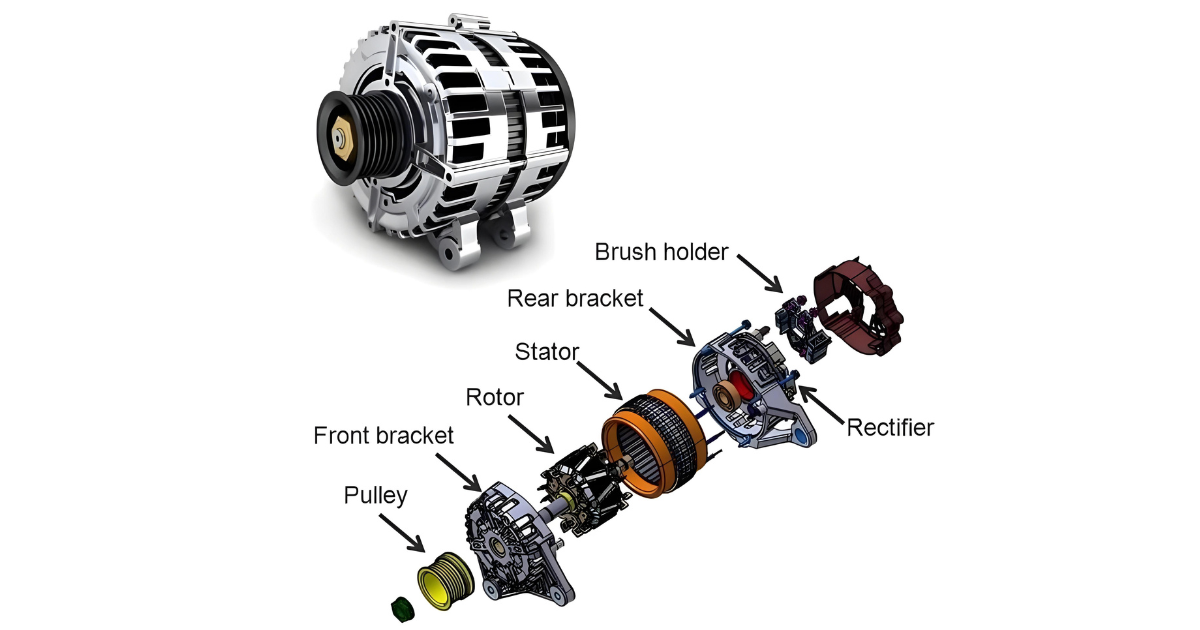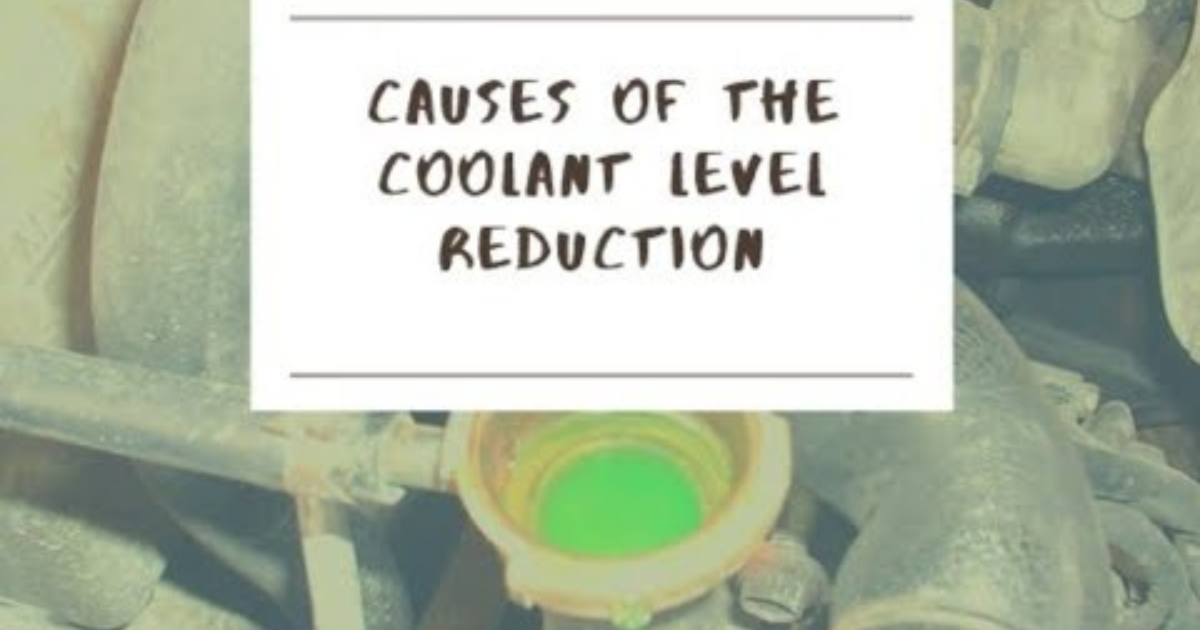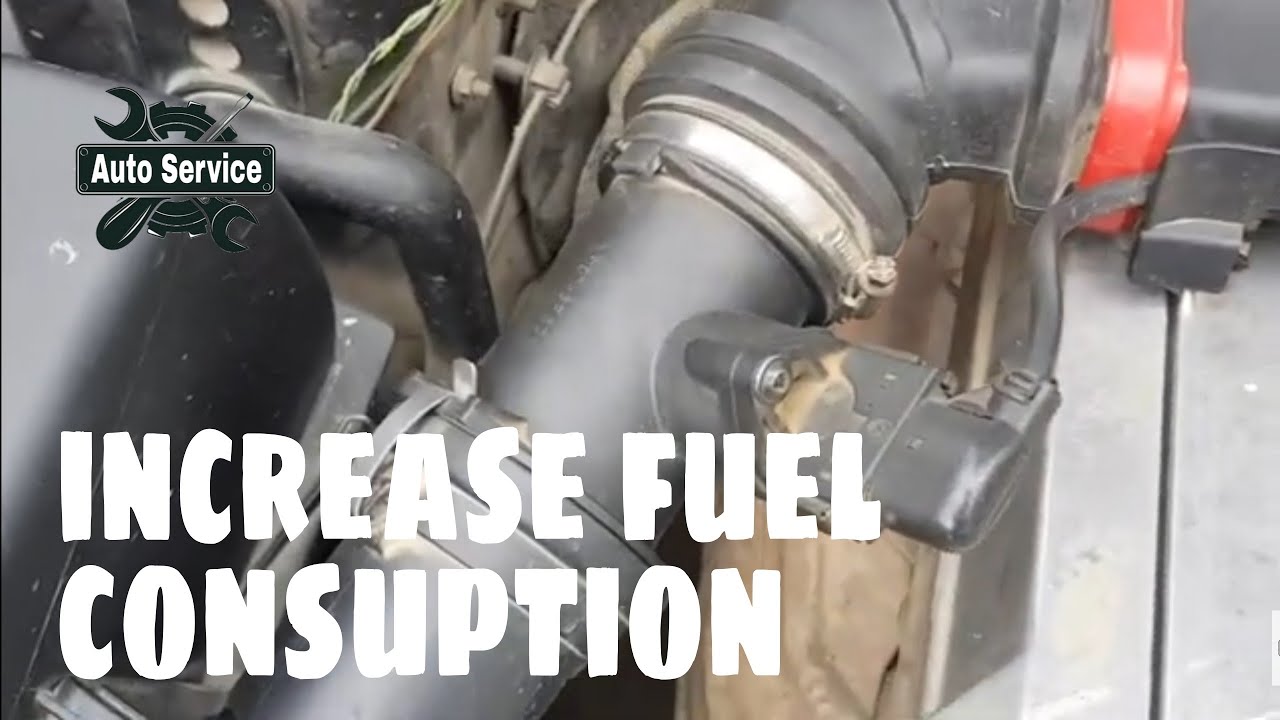In the combustion chamber, an air-fuel mixture and a spark ignite each other to create power, which is then used by automobile engines. After that, the power is sent from the engine to the gearbox, which in turn turns the wheels. You can maximize the efficiency of this operation by continuing it until you turn off the engine.
Why Does My Car Lose Power While I’m Driving?
There are a lot of sensors and parts in an automobile that work together to make the engine run as smoothly as possible. When certain sensors or parts fail, it can affect how the engine runs as a whole.
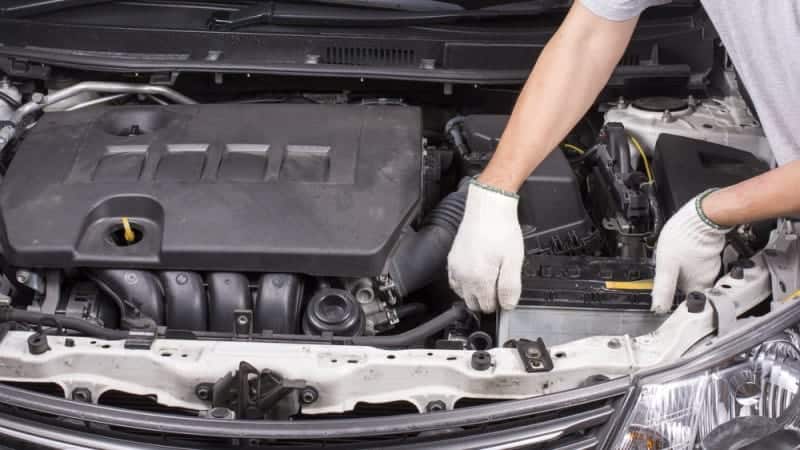
Accordingly, a malfunctioning system is immediately apparent in the event of a power loss in the engine. A vehicle’s power loss can be caused by the following.
Fuel injectors that wear out
When an engine is running at peak efficiency, fuel injectors are an essential component. However, the combustion chamber will not receive enough gas, particularly at higher revs, if the fuel injectors are faulty or leaky.
Problems with the fuel injectors can lead to a loss of power as well as misfiring, rough idling, and stalling or reluctance in the engine. Additionally, you can notice a gas odor near the injectors if there is a gas leak.
Catalytic converter blockage
An integral part of any exhaust system, the catalytic converter reduces the environmental impact of polluting gases before releasing them into the air. Therefore, a clogged catalytic converter could be the cause of your car’s power loss or slow performance.
A blockage or clog in the catalytic converter will prevent the vehicle’s exhaust gasses from exiting the vehicle. The engine’s power and performance will suffer as a result.
Exhaust or engine backfire
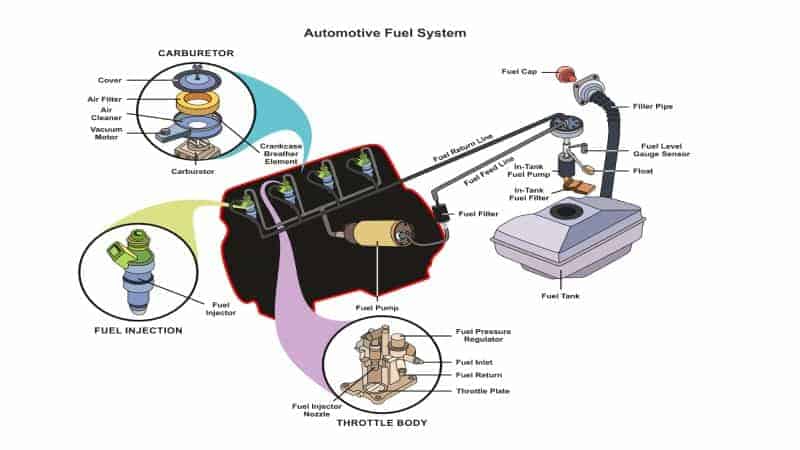
Exhaust backfires typically occur when the air-fuel combination is not properly adjusted. The exhaust tailpipe lets out a little explosion that sounds like a blast or pop. The exhaust tailpipes may occasionally explode into flames.
The fuel pump, injectors, carburetors, fuel tanks in the gas tank, faulty MAP, MAF, IAT, or fuel tank can all lead to an exhaust backfire.
Diesel particulate filter that is blocked
The diesel particulate filter (DPF) is a product of the automotive industry that is used to filter diesel fuels in diesel engines. Nevertheless, similar to other filters, the DPF can become clogged and hinder proper fuel passage while filtering the diesel particulates.
In such a case, your vehicle can enter limp mode. You can limit your vehicle’s performance by switching to this mode. Until you resolve the root issue, the vehicle will not be able to change into higher ratios.
How do I fix my car so it starts up again?
We have covered the reasons why a diesel engine loses power when driving. Diesel and gasoline engines are both impacted by the reasons mentioned before.
How do you get your car’s power back on now? Because there are numerous factors that might reduce engine power, there are also numerous aspects that can increase it.
The fuel system
A gasoline pump, fuel filter, injectors, and many more parts make up the fuel system. Reduce pollutants, clean the fuel system, increase engine longevity, and restore performance with as little as pouring gasoline injector cleaning to your gas tank after refueling.
Reduced engine performance is the result of a restricted gas supply to the injectors caused by a clogged fuel filter. While driving, it becomes very clear. Restoring engine performance could be as simple as cleaning or changing the fuel filter.
Maintenance of the oil
To put it simply, motor oil is the engine’s lifeblood. It keeps the engine’s internal parts cool and lubricated. The internal engine components will remain well-lubricated and perform as intended if you maintain a regular oil change schedule.
While changing the oil in your engine, you’ll need both oil and an oil filter. The old oil filter must be removed before the new one can be installed. After that, take out the old oil and put in fresh oil. Just as crucial as changing the oil is keeping the oil level at an optimum level.
Sensors for cars
The engine performance is improved by a number of sensors found in automobiles, including IAT, O2, MAP, Nox, MAF, etcetera. Consequently, a dead battery while driving when the engine light is on is a sign of a sensor failure in your engine.
Use an on-board diagnostics (OBDII) scanner to find the broken sensor and repair the car.
Pipes for exhaust
Important components of the exhaust system, including mufflers and catalytic converters, work together to reduce noise emissions and release harmful byproducts into the air. On the other hand, engine power loss might occur if these components become obstructed and unable to perform their duties properly.
You may get your engine power back and enjoy a smooth ride after getting the blocked exhaust pipes replaced.
Conclusion
You are now more informed about the causes of power loss in your vehicle and how to fix it. Since we’ve already discussed the most likely causes, you won’t need to wonder, “Why doesn’t my car have power when I accelerate?” anymore.
If you are unsure of what to do or if you aren’t confident in your diagnostic abilities, it is best to have a mechanic take a look at your vehicle. After making an expert diagnostic, he will resolve the issues.


